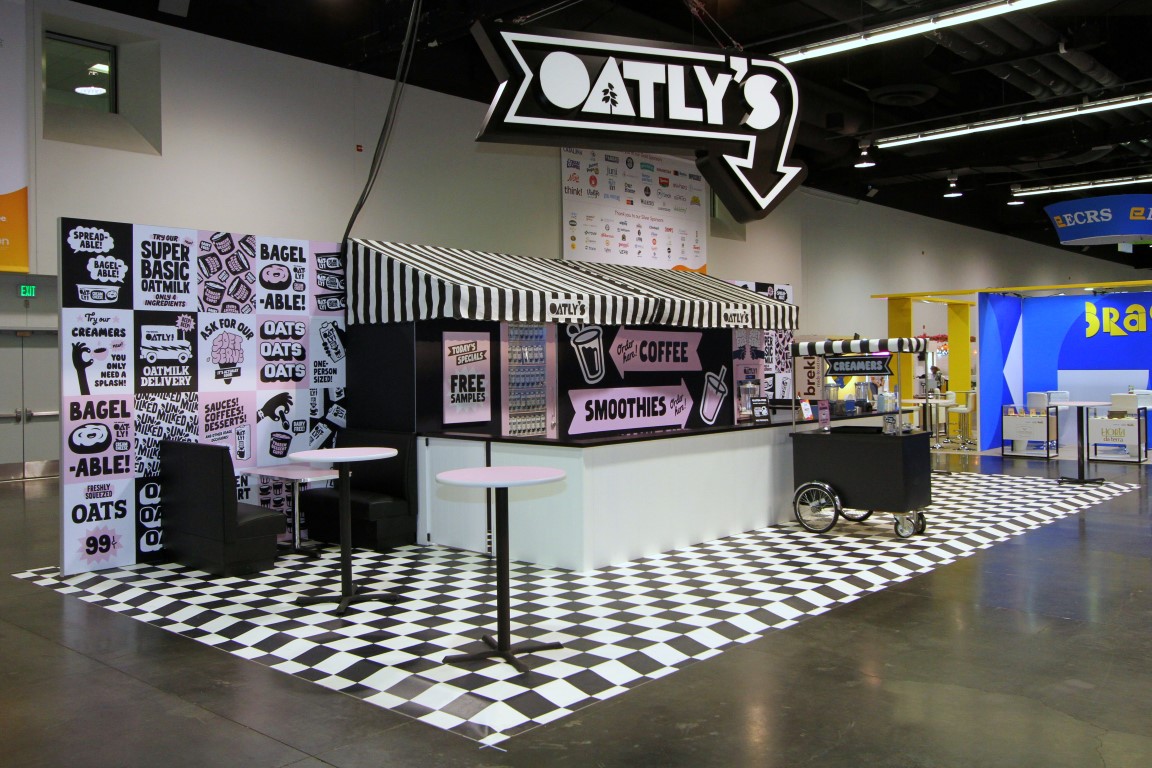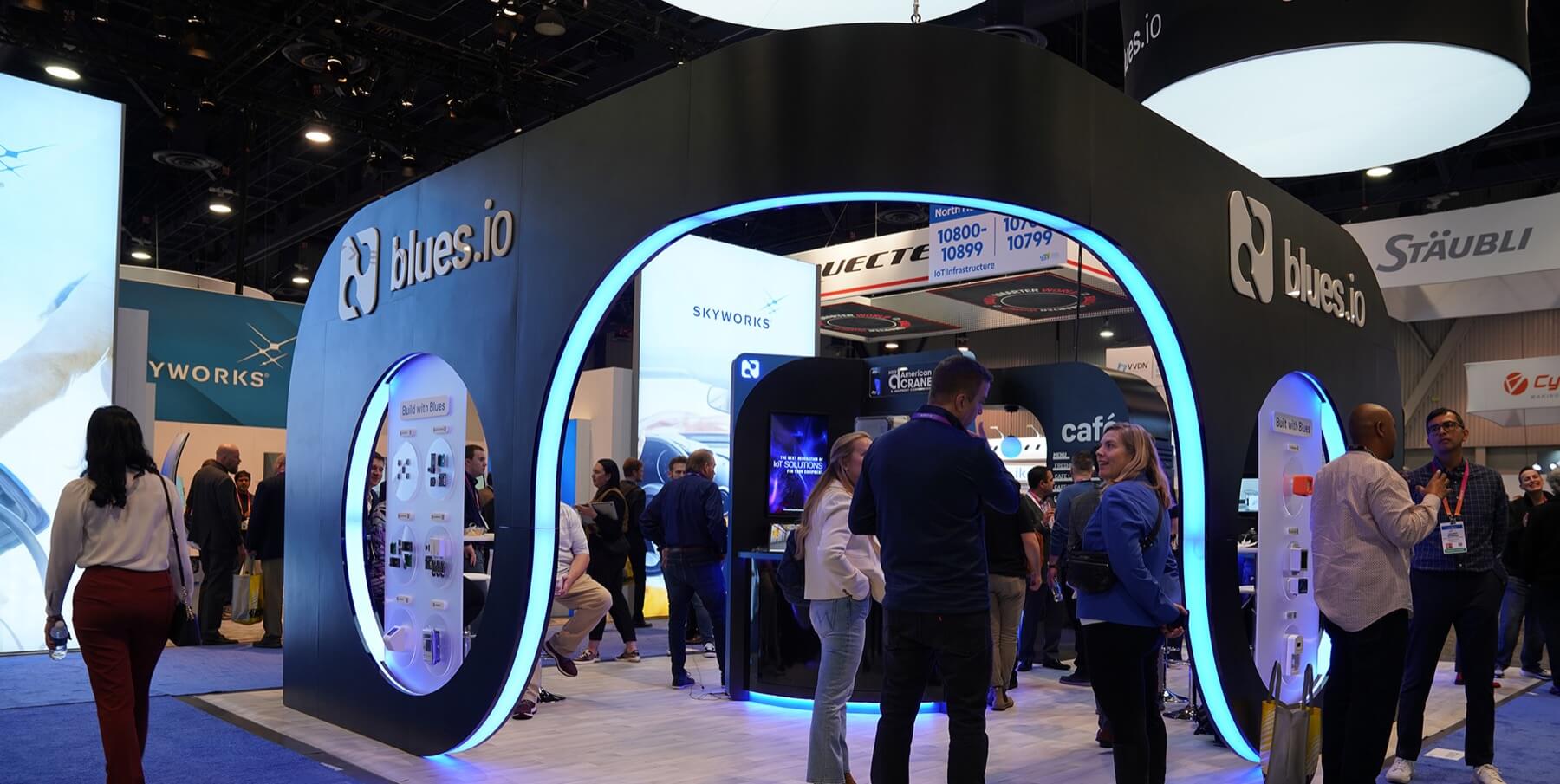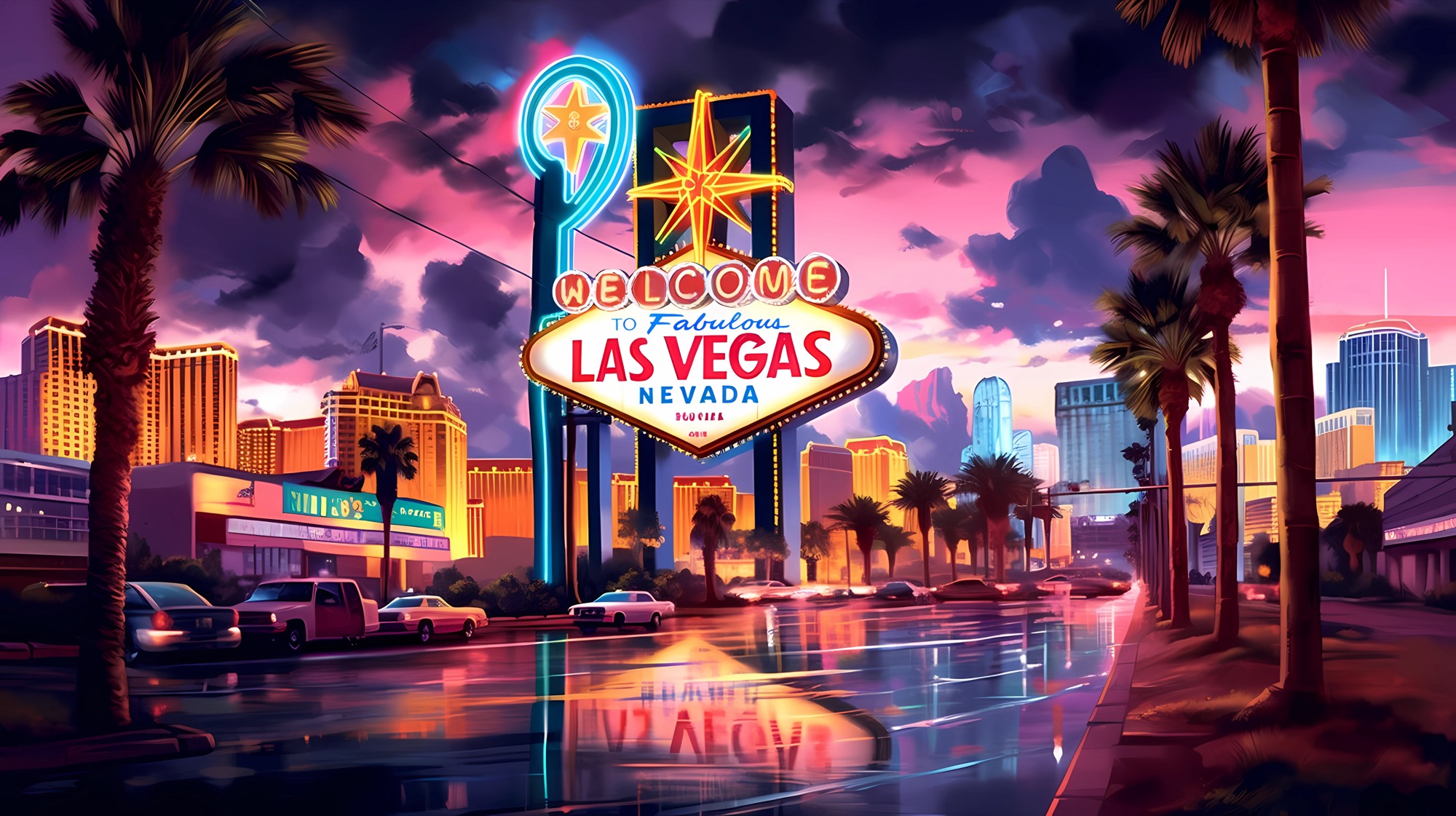Headlines in 2024 are ablaze with reports of volatile weather, volcanic eruptions, and other reminders that climate-related concerns are heating up. And with these events increasing, brands and consumers alike are more committed than ever to greater sustainability and eco-consciousness in their everyday interactions. For organizations taking part in trade shows and other live events, this outlook has raised important questions about developing eco-friendly event practices.
Many marketers and event teams are facing pressure from within to align with their company’s overall environmental sustainability goals and values, particularly as ESG reporting ramps up in certain sectors. Other brands are working to appeal to climate-conscious consumers and business partners that prioritize giving their dollars to sustainable organizations. No matter what’s driving your commitment to sustainable events, these five trends will help you achieve your goals.
Low-waste exhibit designs and sustainable materials
An organization’s trade show footprint can be a significant element in its overall environmental impact. Consider the wide range of factors in play, from show-related travel to venue energy consumption to exhibit construction materials.
One trend that’s on the rise is zero-waste/low-waste exhibit design and the use of recycled materials in building new trade show booths. The OECD estimates that globally, more than one-third of resources are consumed by construction. For organizations working to reduce their footprint, using low-waste/ zero-waste design approaches or sourcing recycled materials in exhibit construction can strategically reinforce climate-forward values.
According to the IAEE, 71% of booths today are constructed with standard pipe and drape materials. However, working with an experienced partner that can source recycled, reusable, or sustainably manufactured materials (in general or to certain specifications) can help make an exhibit build eco-friendly. In many cases, selected components — such as carpeting, which accounted for between 17% and 39% of all booth materials wasted in a single year— can also be substituted for more environmentally friendly solutions. The right partner with experience in sustainable trade show booth designs is crucial.
Energy efficient lighting and better power solutions
Sustainability isn’t just about how you build your trade show booths; it also impacts the decisions you make about operating them. The IAEE estimates that in one year, 13% of the carbon dioxide measured globally was generated by event venues. Lighting, appliances, and powering digital screens and computers during shows all add up to a giant footprint. Introducing more energy efficient operating models to venues and exhibits can have a significant impact.
Solutions gaining popularity include LED lights, which are more energy efficient, have a longer lifecycle, and offer greater control than other options. There’s also an increasing focus on choosing appliances and devices with an ENERGY STAR® certification for the greatest energy efficiency. Other design elements to consider include selecting venue placements with natural lighting, using solar solutions when viable, and being selective about the number of devices and digital screens that you power during events.
Brands rethink printing and giveaways
Branded giveaways, custom posters, and other printed materials are a significant investment — and a significant contributor to waste. Increasingly, companies are focused on high-quality giveaways that are environmentally friendly and on-brand. A beverage company might invest in a steel, reusable branded cup, for examples. While branded promotional items have been a staple of the trade show world, organizations are making sustainable choices and being highly selective of the items they choose.
Other brands are forgoing giveaways entirely and focusing on producing experiences that speak to customers. Virtual reality, immersive experiences, and consultative spaces are impacting the customer experience. Not only are they more likely to leave behind a strong, positive impression, but experience-driven exhibits help lower waste.
Booth rentals are on the rise
Environmentally-focused brands are sometimes looking for alternatives to building new booths or shipping large, custom booths around the country. Adopting a more flexible approach to the trade show both portfolio means that event teams are increasingly relying on a mix of custom and rented booth options.
Booth rentals are on the rise, as brands seek greater financial flexibility and eco-friendly choices. With booth rentals, it’s possible to source partners close to a venue to minimize the carbon footprint associated with event participation. Booth rentals may offer the additional benefits of logistics support, which can reduce the time that your team needs to travel. Both of these can offer significant benefits in terms of meeting sustainability objectives.
Sustainability certifications offer best practices
Many organizations are seeking expertise in running eco-friendly shows and the implementation of best practices at both the show and vendor level. As a result, there has been a dramatic increase in certifications and training programs designed to train professionals and help brands incorporate best practices into their strategies.
The Events Industry Council launched its Sustainable Event Professional Certificate Program in 2022. Meeting Professionals International offers a training course to help develop the skills needed to be a Sustainable Event Strategist. A number of certifications and organizations also recognize trade shows at the event level that minimize waste, choose carbon-neutral strategies, and work toward overall sustainable practices. With these options available, organizations are training their teams and able to select sustainability-focused partners.
Final thoughts
As sustainability becomes increasingly important, brands are working to carry those practices through to all elements of the business. Trade shows and events are a significant contributor to an organization’s environmental footprint. By exploring eco-conscious alternatives for construction, operations, and event strategy, you can make meaningful progress toward your sustainability objectives.
Learn more about Star’s commitment to Sustainability.
Read more about companies are bringing their brands to life across in-person experiences, from trade shows and events to retail spaces and corporate offices in the 2024 Trend Report: 6 Marketing Best Practices for In-Person Impact







